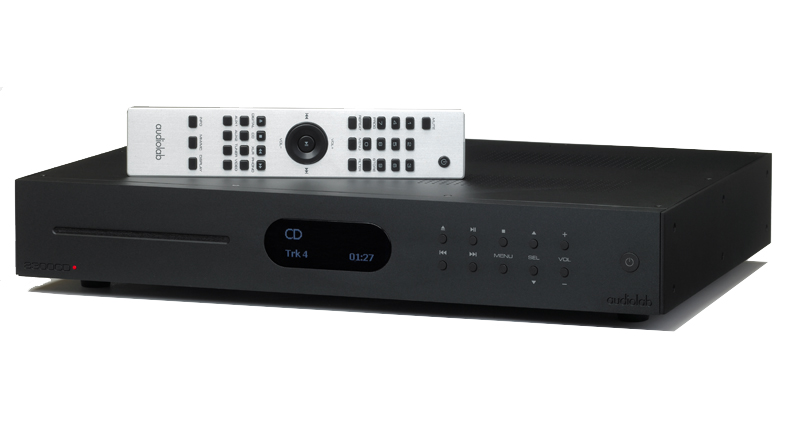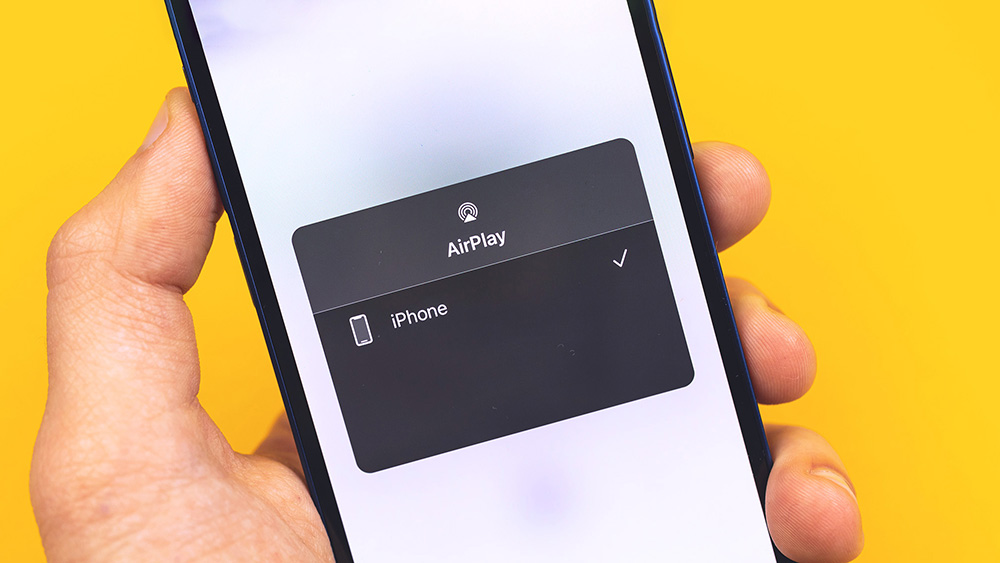What Hi-Fi? Verdict
The 8300CD is an improvement, but loses a bit of the original’s magic too
Pros
- +
Refined and detailed sound
- +
Convincing tonality
- +
Impressive connectivity
- +
File compatibility
- +
Sturdy build and fine finish
Cons
- -
Sound lacks a bit of verve
Why you can trust What Hi-Fi?
How do you replace something as brilliant as the 8200CD? That’s the problem Audiolab faced when developing a successor to a CD player which was something of a superstar.
Five years on from its launch, the multiple Award-winner remains one of the best sub-thousand pound machines you can buy.
Although the 8300CD won’t be in the shops until October, this machine has been charged with the unenviable task of continuing this success.
MORE: Audiolab 8200CD review
Build
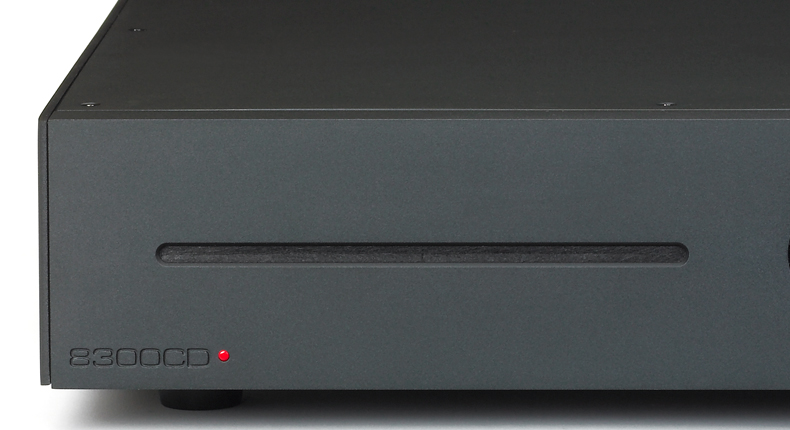
We’re not surprised Audiolab’s engineers have taken an evolutionary approach to the development of this new machine. There’s much at stake here. The most obvious change is the softer, more rounded look, though we prefer the crisper lines of the original. There are the usual black and silver finish options.
We also prefer the earlier design’s longer-travel button feel to the small movement clicks of the 8300CD.
It’s not all negatives, though. The new machine’s 2.7in OLED display is larger and clearer than before, making it easier to read from a distance. Overall build quality is good and solid, while finish is up with the class leaders. This is a smart unit.
There is also a new loading and transport mechanism. Some complained that the sliding drawer on the earlier model felt a little clunky, so the company has swapped it for a slot-loader. We’re pleased to report it’s quick to respond and not unduly noisy.
The transport mechanism has much more impact on sound than the loader, with the new one claimed to be a step-up, particularly when it comes to reading scratched or dirty discs.
Features
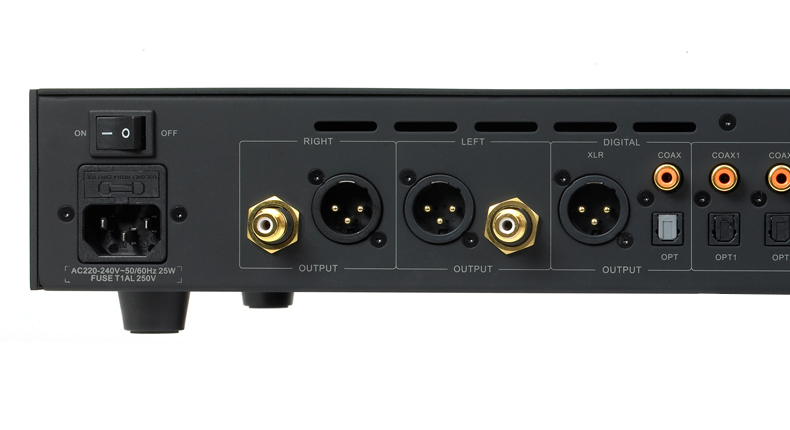
One of the 8200CD’s aces was always the inclusion of digital inputs. The new machine keeps these but moves the game on with 32-bit/384kHz and DSD compatibility through the USB input.
The old one didn’t do DSD and was limited to 24-bit/96kHz data streams. There’s now also an AES/EBU digital input alongside the usual co-ax and optical connections. All these can accept sampling rates of up to 192kHz
Audiolab has been careful not to mess too much with the 8200CD formula internally. The number-crunching is still done by the highly regarded ESS Sabre32 9018 DAC. This chip is more usually seen on more upmarket products and comes with a mighty reputation for fine sound quality.
While not changing the circuit massively, the engineers have taken the opportunity to tweak the sound with component changes in the power supply and signal path.
MORE: High-resolution audio: everything you need to know
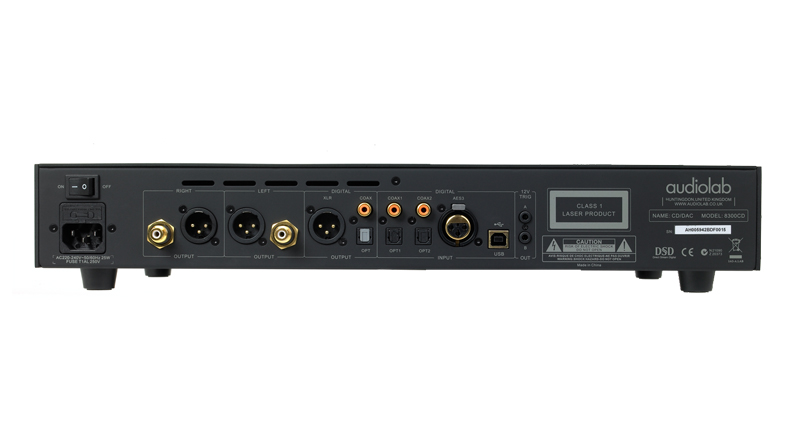
Alongside the digital inputs – useful for upgrading the performance of most suitably equipped digital sources – the 8300CD will perform as a digital preamp too.
It has a built-in volume control that can be enabled when using the player directly into a power amplifier – Audiolab, naturally, makes a suitable partner – or into a pair of active speakers. There’s the choice of single-ended and balanced XLR analogue outputs
As with its predecessor, this machine offers selectable filter options. There are seven choices when playing CD (or PCM music streams) with this new player adding a further four for DSD replay. It’s worth playing around with these as they can make a notable difference.
Our long running favourite filter with the older machine was Optimal Transient XD, but with the 8300CD we found Optimal Spectrum had a purer, cleaner presentation with some recordings.
MORE: Best CD players 2020
Sound
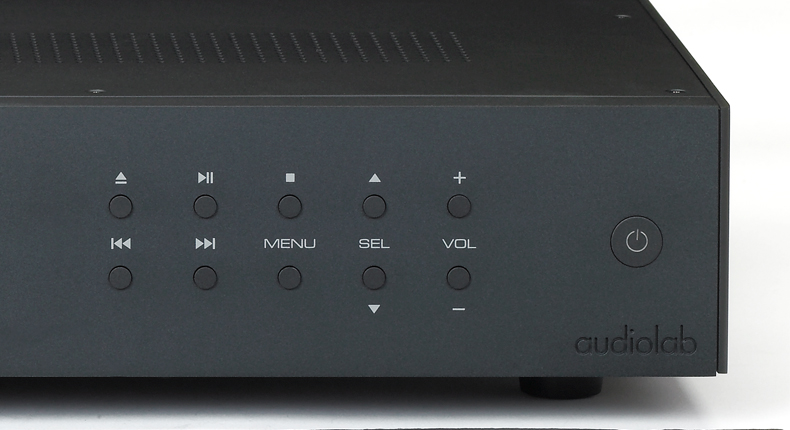
Once up and running the 8300CD is a fine performer. Whether used with the built-in CD transport or the digital inputs, the player’s sonic signature remains consistent and appealing.
Its presentation is certainly more refined than the old one, more tonally even and projected with a greater scale of sound. Sonic authority is improved too, particularly at low frequencies.
We start off with Jonny Cash’s version of Hurt and are mostly impressed by what we hear. There’s a pleasing degree of substance here, with Cash’s vocals firmly planted and nicely focused. There’s plenty of bite, but no sign of unduly hard edges. Instead, you find a more mature sonic character, which is beautifully judged to avoid dulling the attack of notes.
We’re pleased with the resolution too. This player digs up a lot of detail and is capable of organising it into a cohesive musical whole.
These qualities come to the fore with more complex music such as Hans Zimmer’s Where We’re Going from the Interstellar OST, where the Audiolab’s composure and sonic stability pays dividends. Its stereo imaging is also good, being nicely layered and sharply focused.
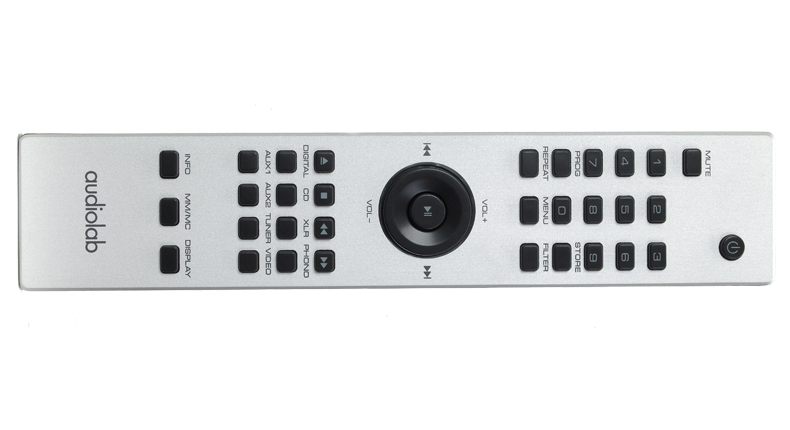
It’s not all plain sailing though. The 8300CD isn’t quite as entertaining as we’d like. The best of its rivals, the Cyrus CDi and Naim CD5si, are more involving to listen to.
Its dynamics are less expressive than the likes of the CDi, and changes of pace in music as diverse as a CD-rip of Kate Bush’s The Coral Room and Stevie Wonder’s Living For The City on DSD aren’t communicated with the level of verve we’d like.
We pull out an early 8200CD, curious to see how it compares. Despite the newer player’s obvious superiority in bass solidity and tonal evenness, the old-timer proved a more entertaining listen.
Of course, it has to be noted that neither the old player nor the Cyrus can play DSD files.
Verdict
The 8300CD remains a useful machine and a capable, polished performer. But in improving certain aspects of the sound, Audiolab has diluted a bit of the earlier player’s sonic magic.
The move up in price to £1000 hasn’t helped its cause either. Put it all together, and four stars seems fair.
See all our Audiolab news and reviews
See all our CD player reviews
What Hi-Fi?, founded in 1976, is the world's leading independent guide to buying and owning hi-fi and home entertainment products. Our comprehensive tests help you buy the very best for your money, with our advice sections giving you step-by-step information on how to get even more from your music and movies. Everything is tested by our dedicated team of in-house reviewers in our custom-built test rooms in London, Reading and Bath. Our coveted five-star rating and Awards are recognised all over the world as the ultimate seal of approval, so you can buy with absolute confidence.
